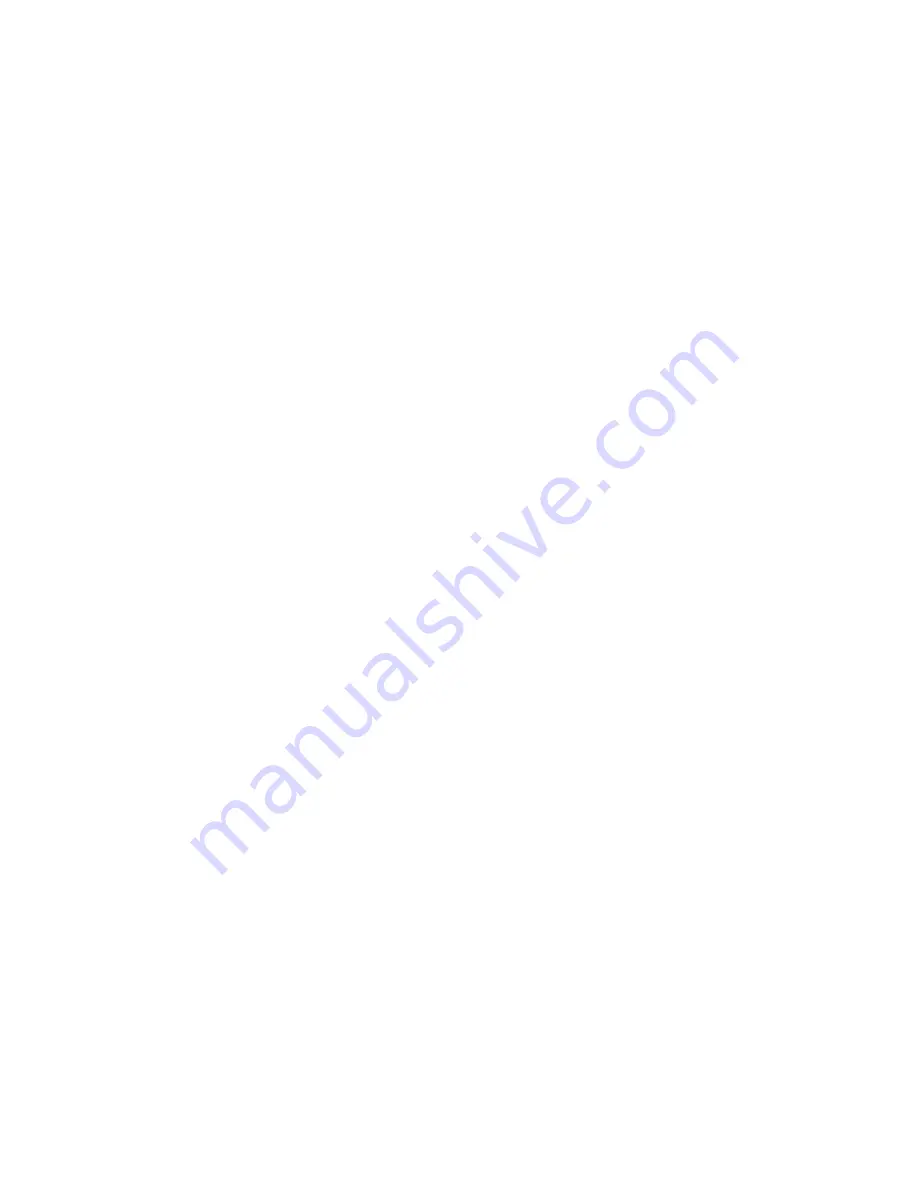
To add an axis from the Tools tab:
1
In the Schematic view, double-click the Reaction node to display the
Group Schematic.
2
From the Tools tab, drag the Axis tool from the Reaction folder to the
Group Schematic.
3
In the Schematic view, parent the axis to a layer, camera, or light.
To set the visibility of an axis:
1
In the Schematic view, select the Reaction node.
2
Select the Axes tab.
3
From the Axes list, click the white square beside an axis.
Working with Materials
When you create a layer, a separate material node is automatically generated
and linked to the layer. Every layer must be associated with a material, but
many layers can share a single material. Because the material node is separate
from the layer and surface, you can easily propagate material properties to
several layers from a single source, instead of duplicating effort by having to
assign the same material attributes to several surfaces. You can quickly connect
materials to layers from the Reaction Group Schematic and see which layers
share materials.
About Materials, Shaders, and Textures
A material defines how the layer and its associated surface object appears. It
defines how it interacts with lights, how it reflects light back to the view, and
how it blends in with the rest of the scene. You can choose one of four shader
types to set the basic material properties for a given layer and choose from a
wide selection of blending modes to define how the current layer is blended
with the scene element lying behind it (with respect to the view).
In addition, each material node has five input tabs, or channels, that you can
use to assign one or more sources to apply textures to an object. The main
material channel defines a layer's base material and texture mapping, and is
always used. You can optionally connect sources to the other inputs on the
Working with Materials | 257
Содержание 495B1-05A111-1301 - 3ds Max Design 2010
Страница 1: ...Composite User Guide ...
Страница 16: ...4 ...
Страница 18: ...6 ...
Страница 88: ...76 ...
Страница 92: ...6 A new composition has been created 80 Chapter 4 Start Compositing Now ...
Страница 101: ...8 The Render dialog appears Click the Start button to start the rendering process To Render the Composition 89 ...
Страница 102: ...90 ...
Страница 122: ...110 ...
Страница 126: ...114 ...
Страница 186: ...174 Chapter 9 Getting Familiar with Your Workspace ...
Страница 195: ...UdaTextField XML Resource Files 183 ...
Страница 196: ...UdaValueEditor UdaMenu 184 Chapter 9 Getting Familiar with Your Workspace ...
Страница 197: ...UdaPushedToggle XML Resource Files 185 ...
Страница 198: ...UDA Declaration 186 Chapter 9 Getting Familiar with Your Workspace ...
Страница 200: ...188 ...
Страница 250: ...238 ...
Страница 309: ...The stereo rig is ready to use You can adjust left and right eye convergence Setting up a Stereo Camera Rig 297 ...
Страница 310: ...298 ...
Страница 348: ...336 ...
Страница 399: ...About Blurs 387 ...
Страница 411: ...Output Controls The Output UI allows you to control the following parameters About Blurs 399 ...
Страница 450: ...438 ...
Страница 478: ...466 ...
Страница 520: ...508 ...
Страница 548: ...536 ...
Страница 578: ...566 ...
Страница 596: ...The last step is to add the sun s reflection to the water 584 Chapter 24 Raster Paint ...
Страница 606: ...594 ...
Страница 670: ...658 ...
Страница 710: ... a Tool time cursor b Global time frame markers 698 Chapter 28 Time Tools ...
Страница 722: ...710 ...
Страница 729: ...Backward vectors Forward and backward vectors The Show Vectors tool has the following parameters Show Vectors 717 ...
Страница 805: ...8 Add any correction using the Translation Rotation Scale parameters Simultaneous Stabilizing and Tracking 793 ...
Страница 806: ...794 ...
Страница 828: ...816 ...
Страница 870: ...858 ...
Страница 888: ...876 ...
Страница 898: ...886 ...






























